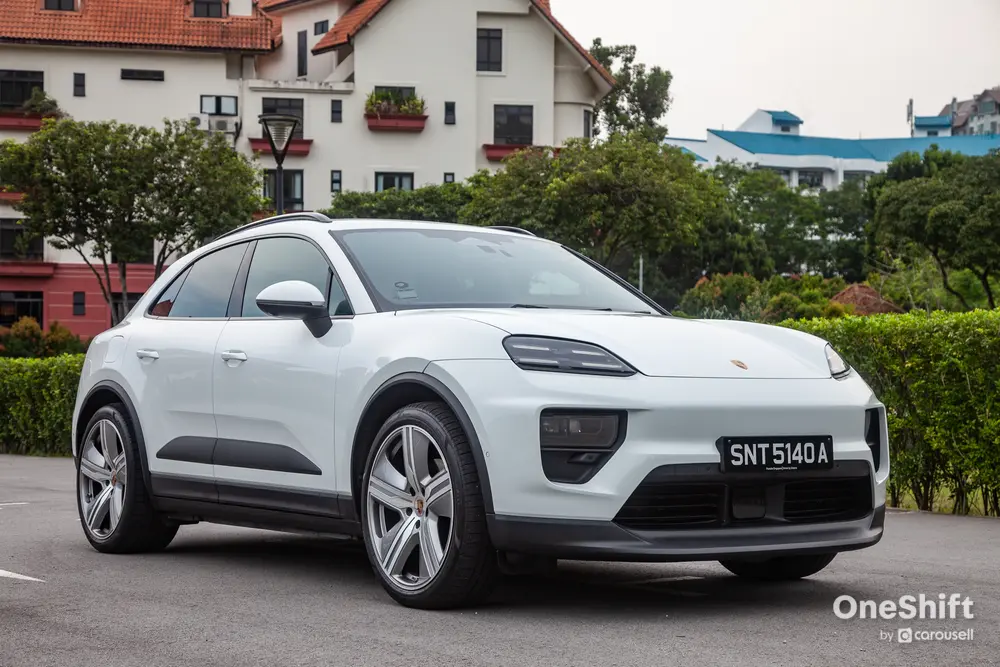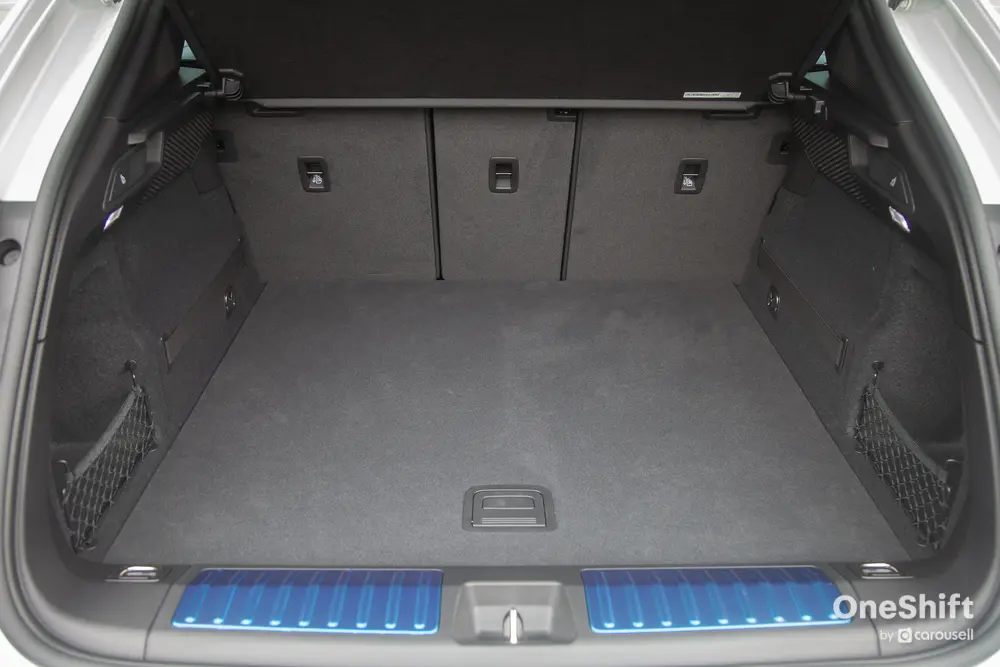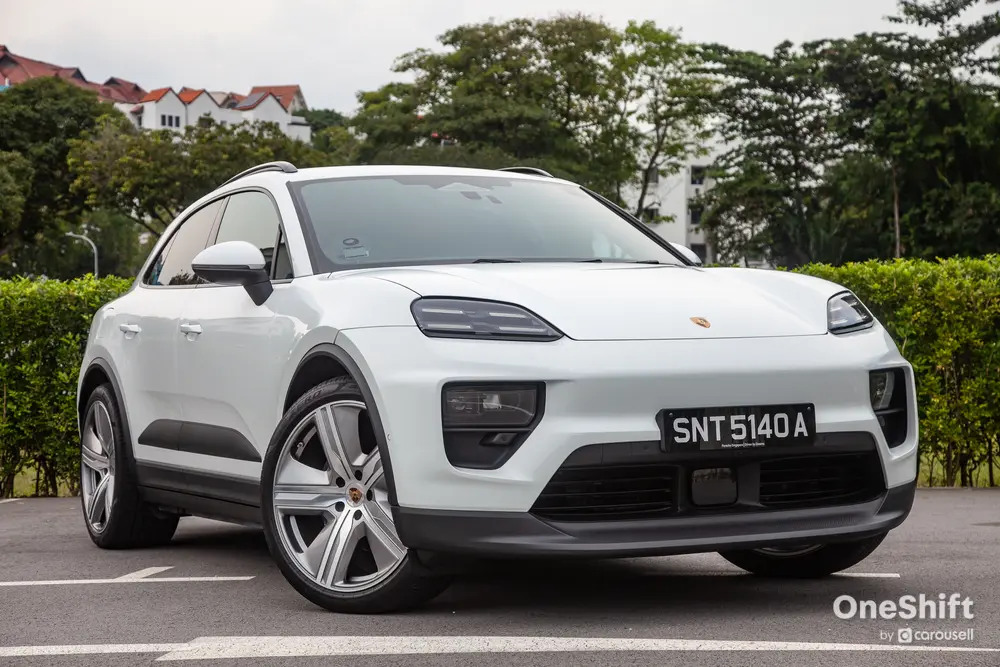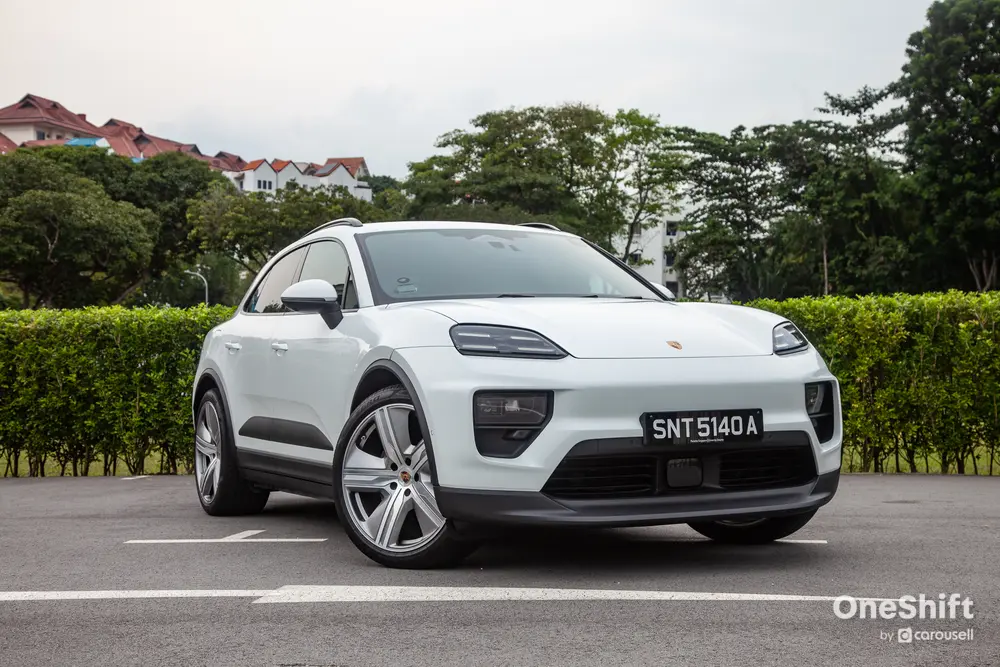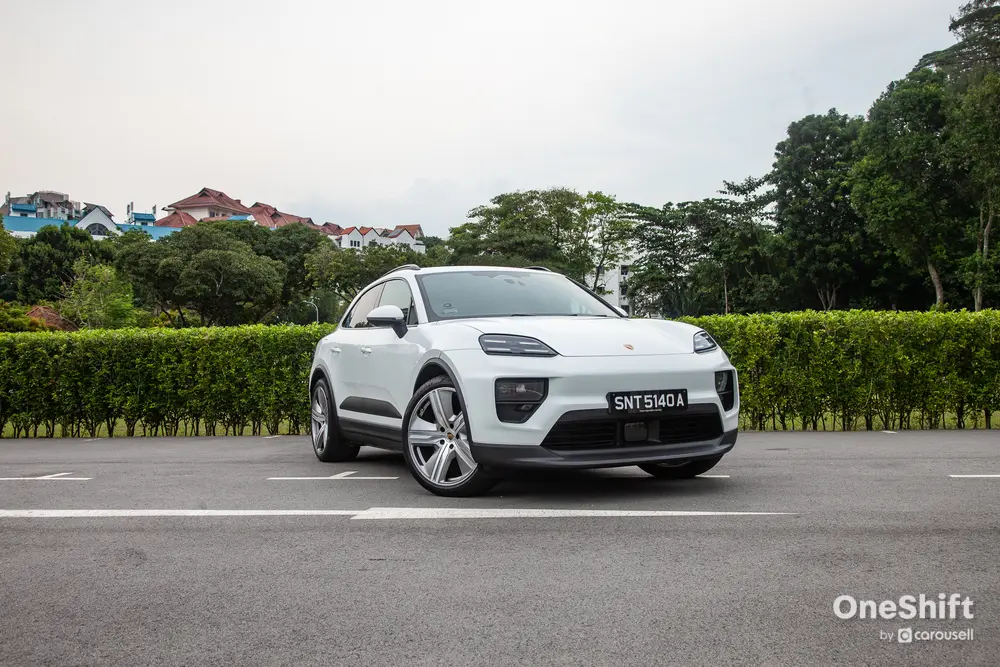Porsche Macan 4 Electric Review: Elevation from Base
More of pretty much everything - but we would wait for the RWD Macan Electric.







The Macan is undoubtedly the best-selling Porsche of all time. The Cayenne opened the floodgates to a new band of Porsche customers, but the Macan took it further with its more compact size and palatable price that is within striking distance of the typical Mercedes/BMW/Audi trio.
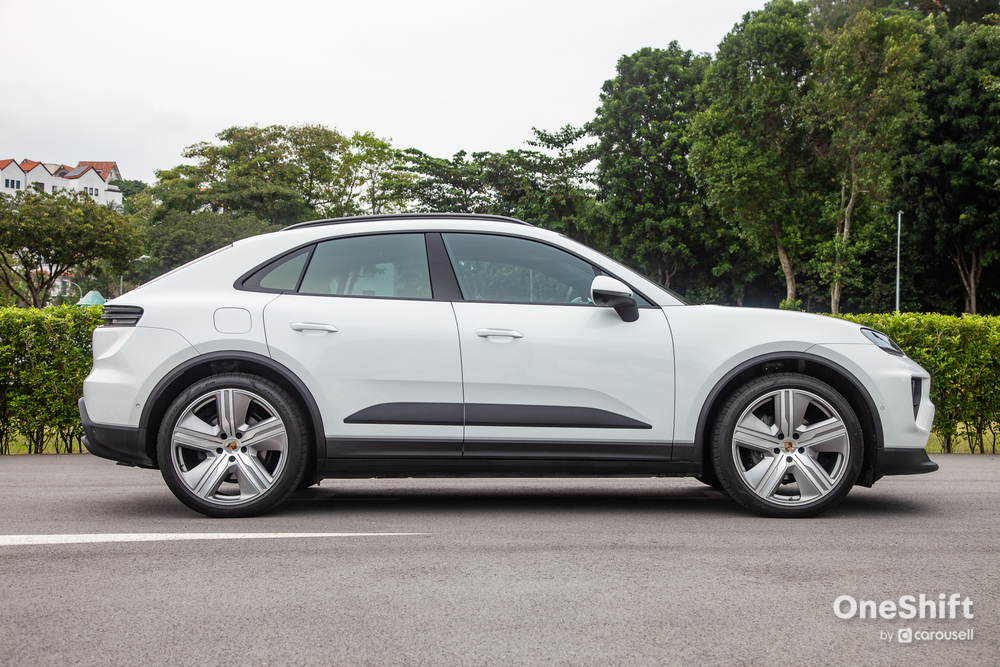
As a result, it is now probably the most important Porsche product to secure the future of the company. Therefore, it is no surprise that the 2nd electric model to come out of Porsche is the Macan Electric. Take the Taycan as a bit of a halo electric vehicle; the Macan Electric is the one that has to be flying out of showrooms and continuing the Porsche dream.

So… did Porsche screw up?
I am slightly puzzled about why the new Macan is only available as an electric model. I believe the company has dipped its toes a bit too far into the electrification wave, as I am certain that a vast number of Macan customers would appreciate an ICE alternative too. The previous generation Macan would still be available as an ICE offering for the time being, but it is set to be discontinued. I really hope that Porsche will offer an ICE version of the latest Macan.
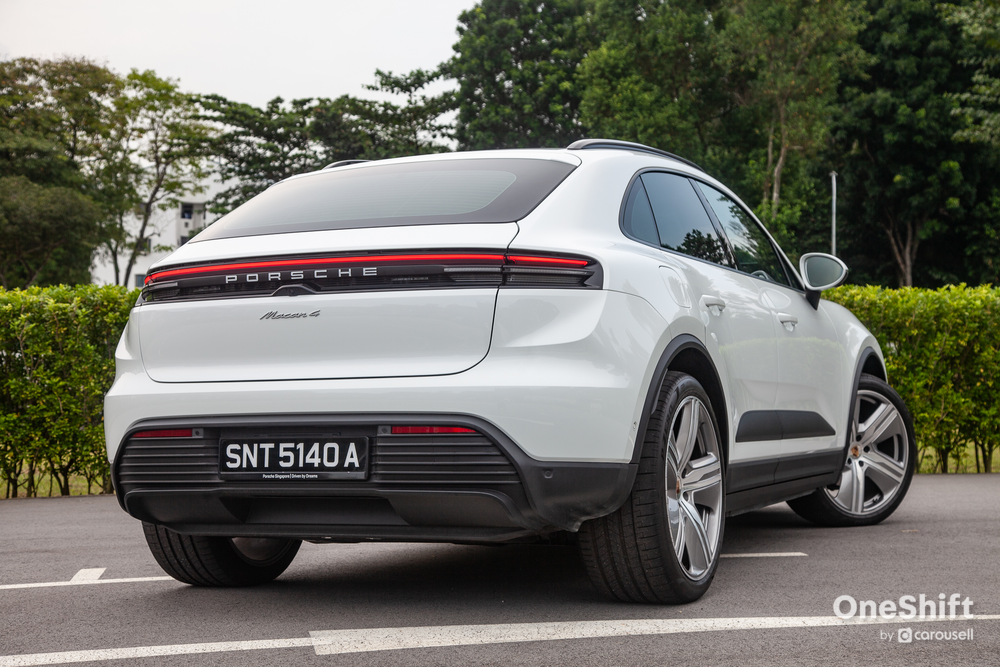
How does the Macan Electric look?
At least in terms of looks, the Macan Electric hasn’t strayed too far from the formula. It looks more upright now, but still very sporty with its sloping roofline and relatively compact proportions with short front and rear overhangs. A surprising change is the introduction of frameless windows, a rarity for the SUV segment. This design is exceptionally slippery through the air - a Cd value of 0.25 is almost unheard of for an SUV. This is achieved through Porsche Active Aerodynamics (PAA) features like an adaptive rear spoiler, active front cooling flaps and flexible covers on the underbody.
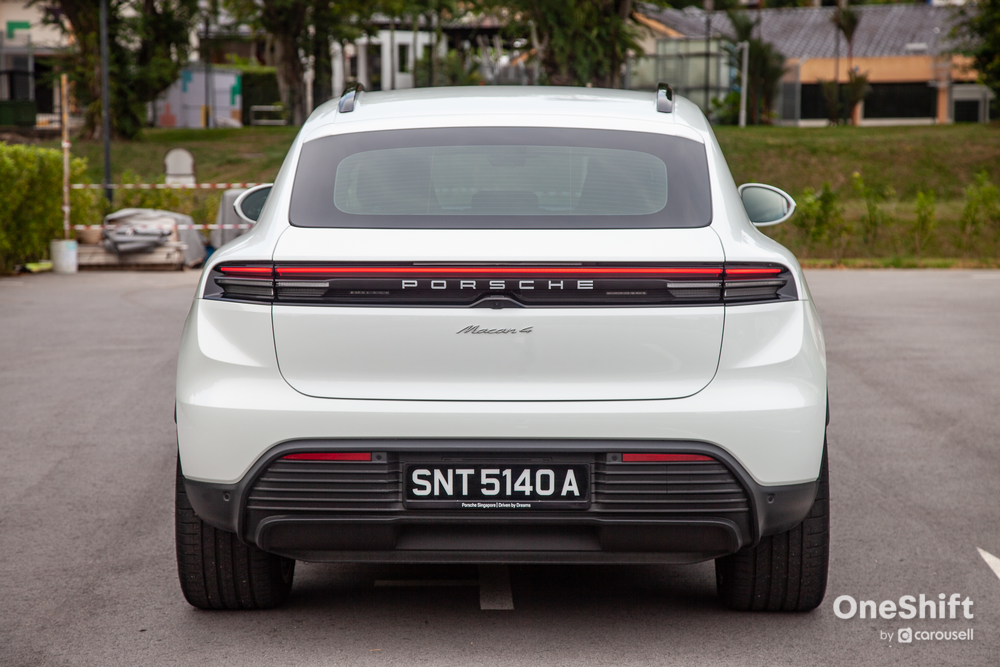
How is the Macan Electric on the inside?
The interior is comfortingly familiar, with bits you would have seen in the Taycan and Panamera. The 12.6-inch curved driver’s display is clean and easy to use, while the 10.9-inch Android Automotive based infotainment system is also very logically programmed. As an optional extra, the front passenger can also have their own screen of the same size, while the driver can have a heads-up display with augmented reality (AR) tech. The best thing is that the most important functions remain analogue, like the air vents and A/C controls. There’s also a physical gear lever, albeit it is now mounted on the dashboard. There are the usual control stalks as well.
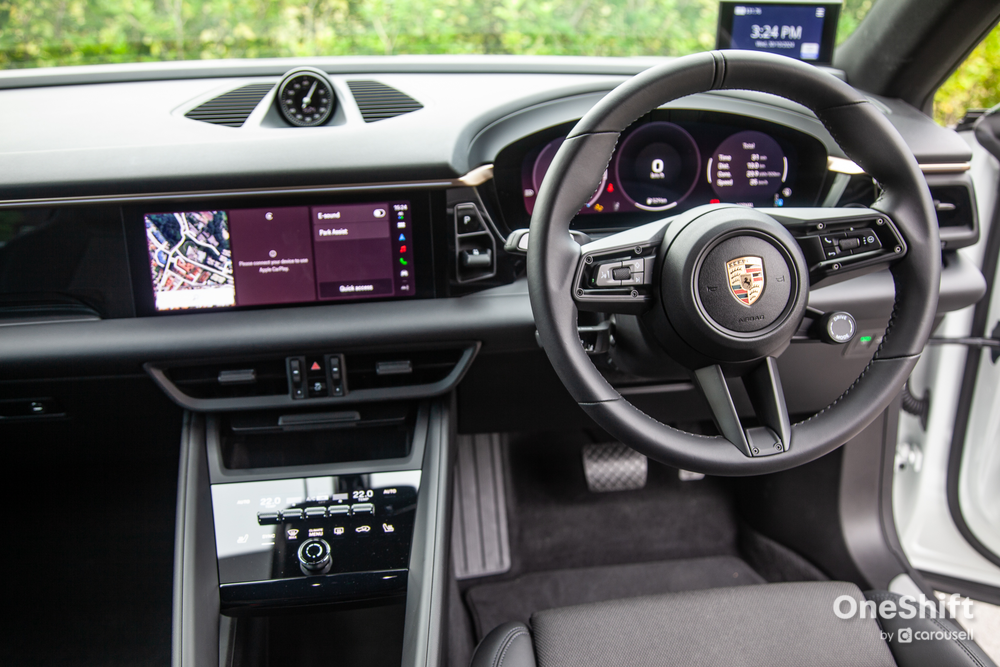
Does the Macan Electric feel sporty?
Like before, occupants in the Macan Electric sit lower than they’d expect in an SUV. Now they sit even lower: the driver and front passenger now sit 28 mm lower than before, while the rear passengers sit up to 15 mm lower. This sets one up for sporty driving and manages to side-step a high cabin floor - the drawback of having thick batteries underneath.
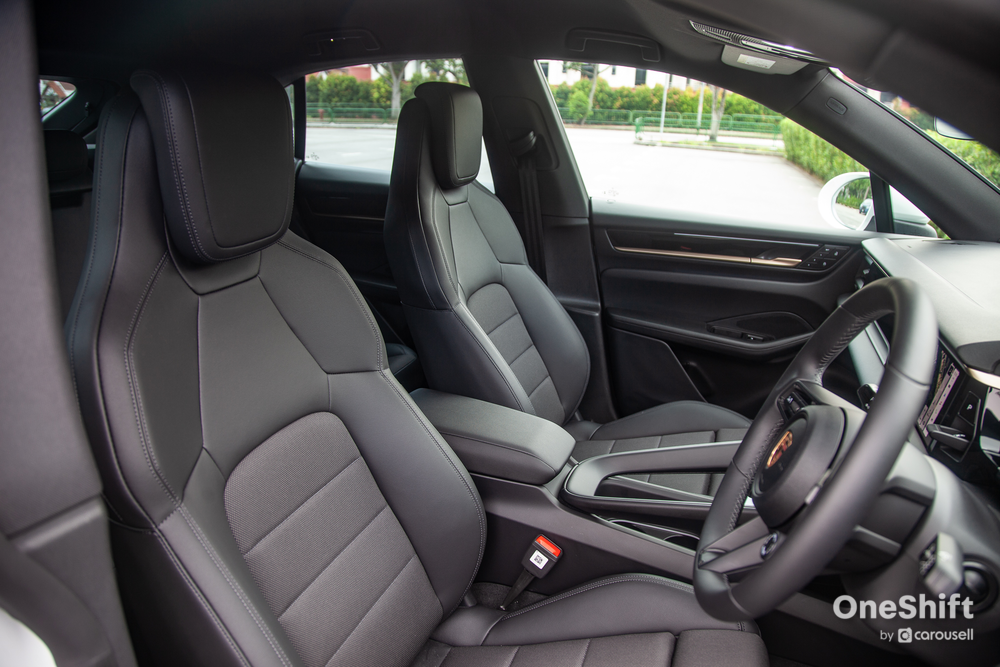
How has the Macan Electric improved from its predecessor?
The Macan Electric has clearly considered the drawbacks of the previous model and made it right. With a 86 mm longer wheelbase, space is no longer at a premium. Rear passengers would feel the biggest benefit, as they can enjoy a nearly flat floor area too. Luggage space has also increased to a total of 136 litres more than the last model, a combination of the 540-litre boot and the 84-litre frunk. If you so desire, the Macan also also tow up to a maximum of 2,000 kg, lending some credence to its SUV body type.
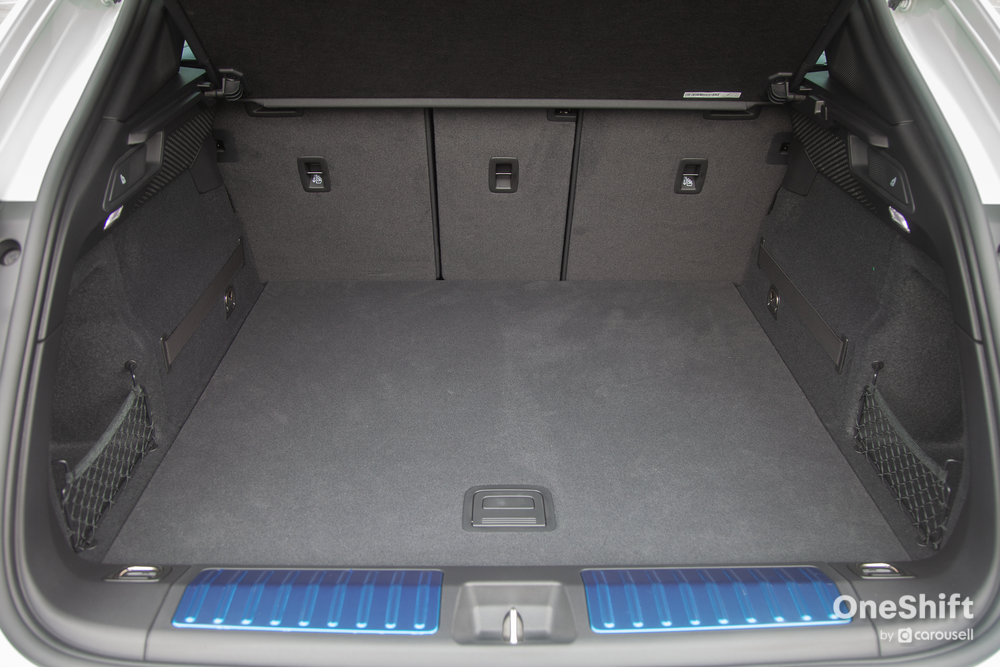
How is the Macan Electric like to drive?
The Macan was already a benchmark in its class for handling, but Porsche isn’t resting on its laurels. The Macan Electric is now available with optional rear-axle steering for the first time, while the electronically-controlled Porsche Traction Management (ePTM) operates 5 times faster than conventional all-wheel drive in the previous car, responding to slip within 10 milliseconds. The optional Porsche Active Suspension Management now features dampers with two-valve technology, allowing a wider spread between comfort and performance.
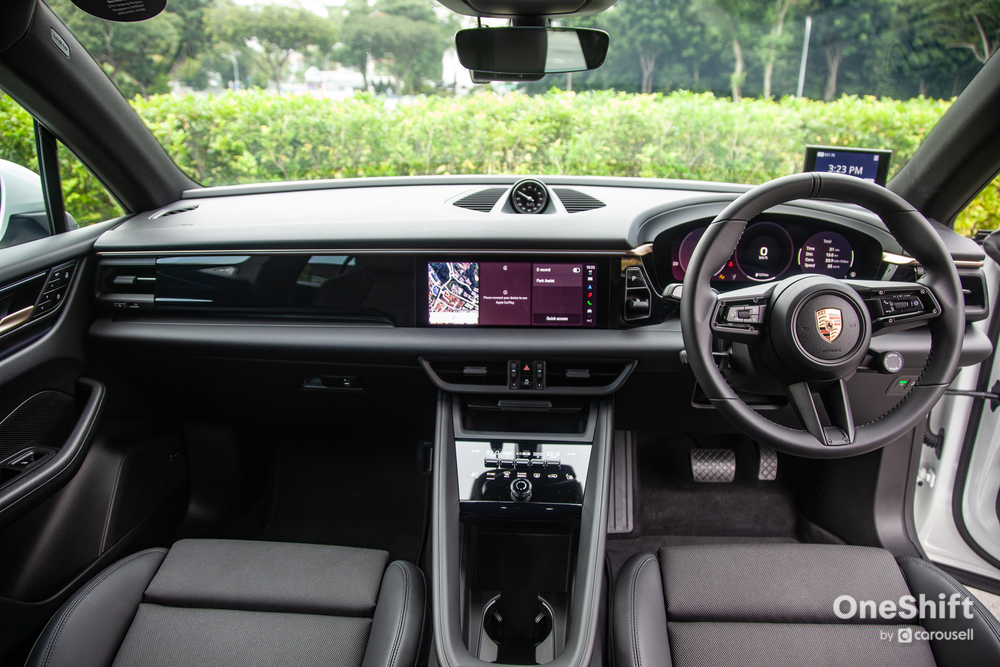
The test car was equipped with PASM, but not rear-axle steering. The first thing you would notice is the sweet steering feel - this feels not dissimilar to what you would get in a 992. Ride comfort has definitely taken a step up, but having to deal with the extra weight of the batteries, the car doesn’t feel as dynamically sorted as before. I also suspect that the 22-inch rims as specified on the test car - the biggest you can opt for - keeps the ride quite busy. You can feel the electronics trying it best to keep it all together.
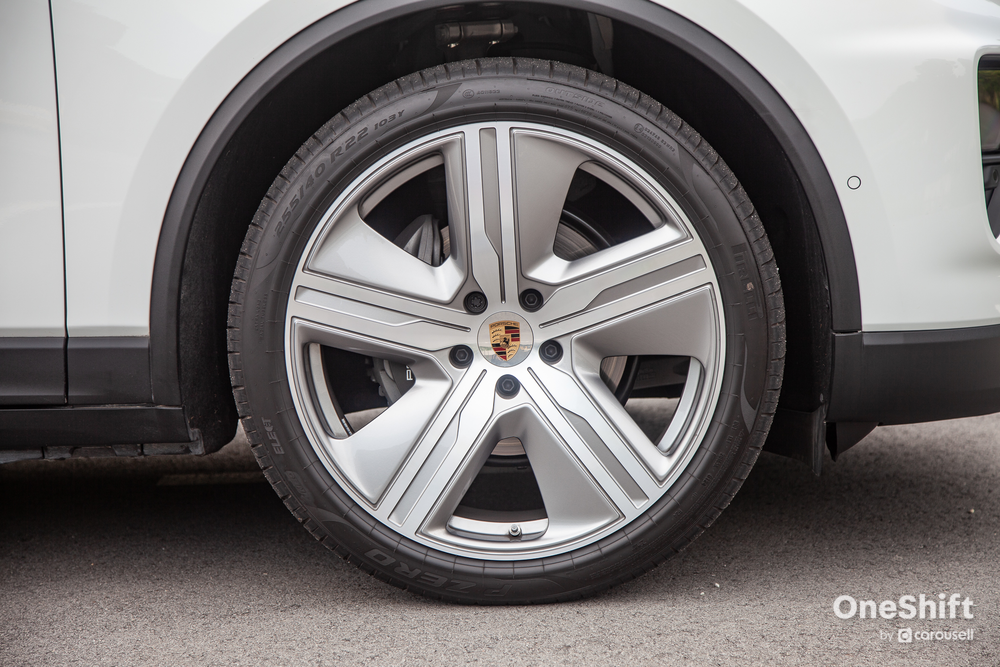
ePTM also works more ‘mysteriously’ now - the previous Macan had a visual indicator of the power split between front and rear wheels. Now, you wouldn’t have a clue. However, like before, the car sends more power to the rear wheels than to the front. It’s an extremely capable car, but I suspect rear-axle steering will be the real differentiator that unfortunately was missing on the test car.
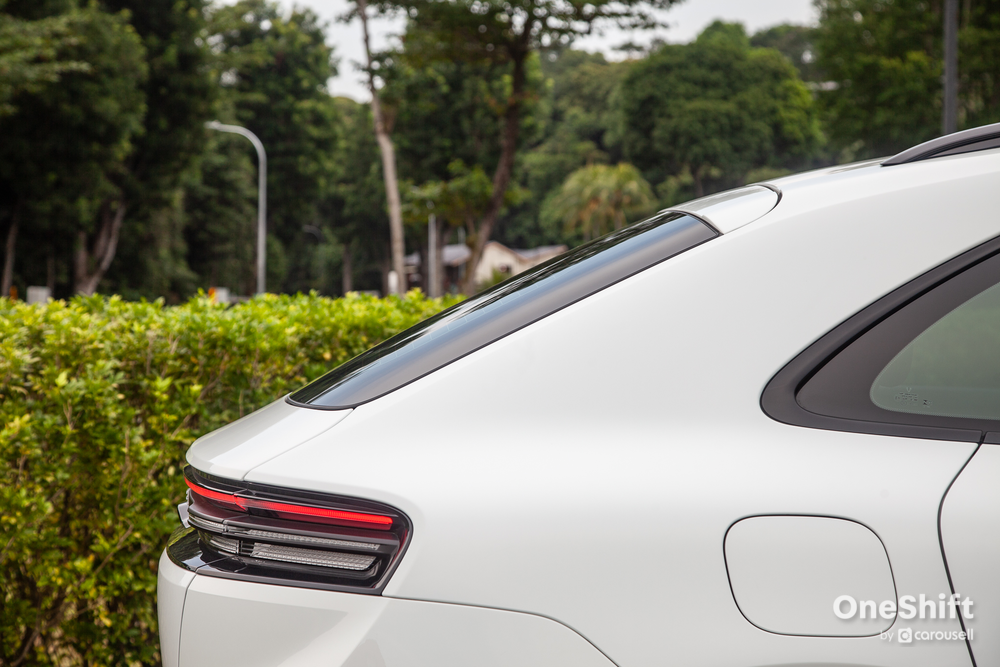
Give me the stats on the Macan Electric.
The Macan Electric sits on the Volkswagen Group’s Premium Platform Electric (PPE) platform, which it shares with the Audi A6 e-tron and Q6 e-tron. A 100 kWh (95 kWh nett) lithium-ion battery sits underbody that can be charged up at a DC charging station at up to 270 kW, thanks to 800V charging architecture. However, AC charging is at a mere 11 kW, which is a bit disappointing given some competitors are offering 22 kW. WLTP claimed range is up to 613 km.
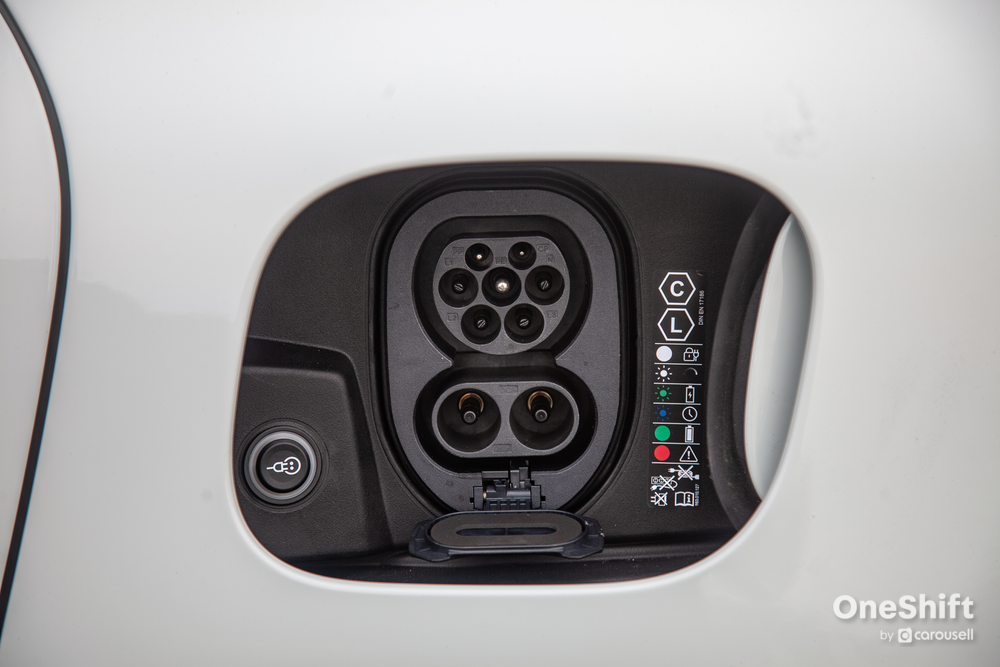
With a permanently-excited PSM electric motor in each axle, the Macan 4 produces up to 408 PS and 650 Nm - putting it in between the ICE Macan S and Macan Turbo in terms of output. However, the torque figure usurps the Macan Turbo’s 550 Nm, and this is in what is essentially a starter pack for the range (at least until the RWD version comes along).
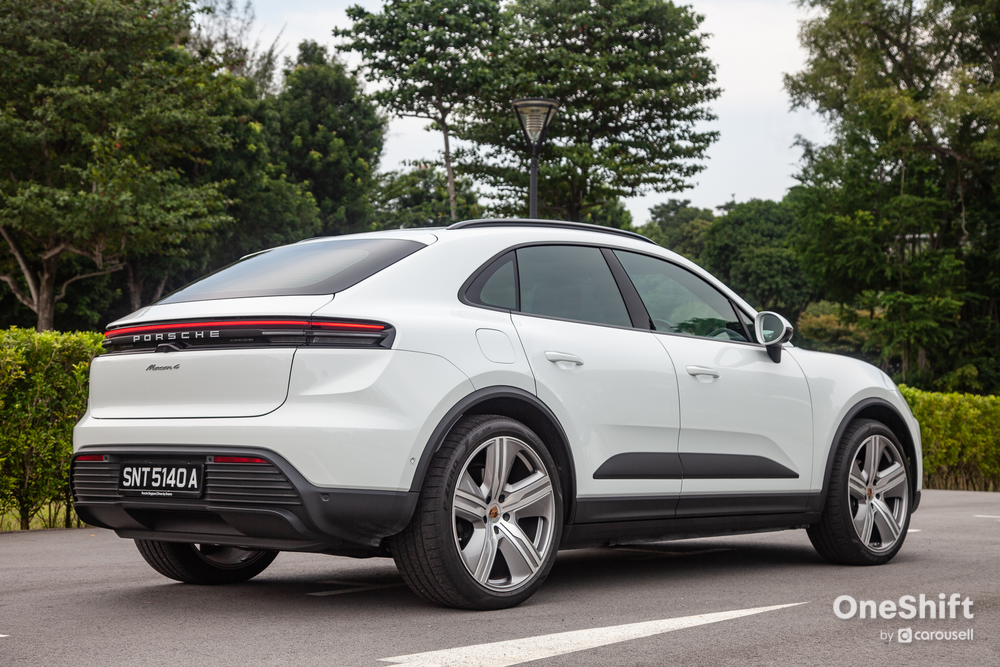
Needless to say, the Macan 4 is exceptionally quick. 0-100 km/h is all but complete in 5.2 seconds, far and away a huge performance hike versus the ICE base Macan. Comparing these two like-for-like, there’s simply no contest. The Macan Electric goes like a supercar in contrast.
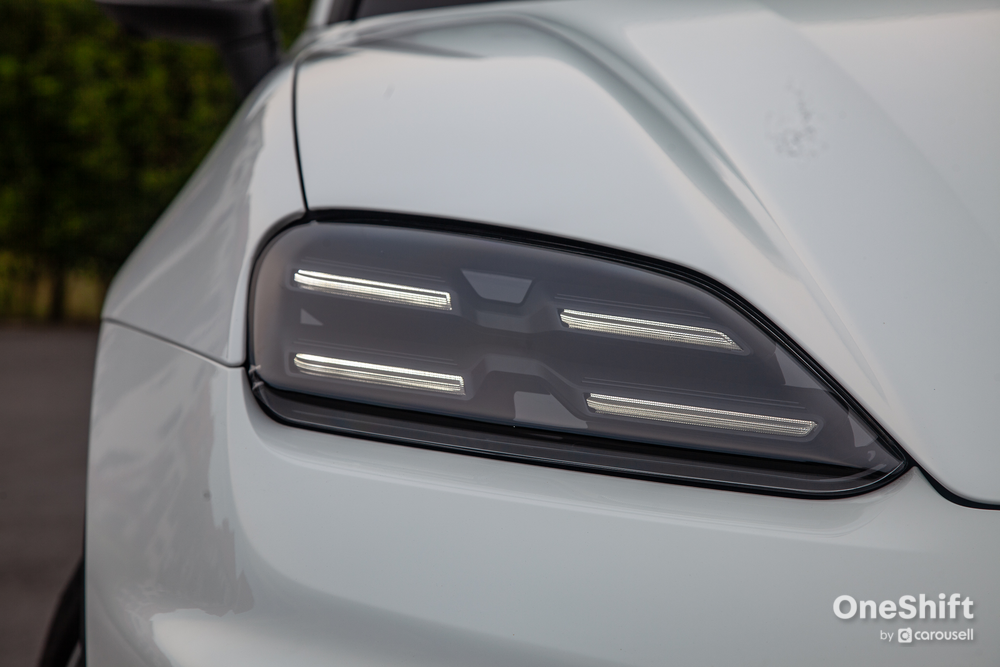
Verdict for the Macan 4 Electric?
For Singapore’s context, I think it is too fast. I’d opt for the RWD Macan Electric, which arguably should be more interesting dynamically as well. For now though, the Macan 4 Electric is as complete as you’d hope. It's also asking less than the ICE Macan (base to base) - a great deal in today's inflationary environment. I’d just recommend keeping to the stock rims size and specifying rear-axle steering.
Photos by James Wong
---
Sell your car to us for up to $5,000 more than market prices. Get a quote now!








Get the Best Price for your used car
from 500+ dealers in 24 hours

- Convenient and Hassle-Free
- Consumer Protection
Transparent Process
With No Obligation
